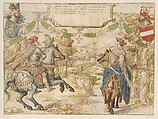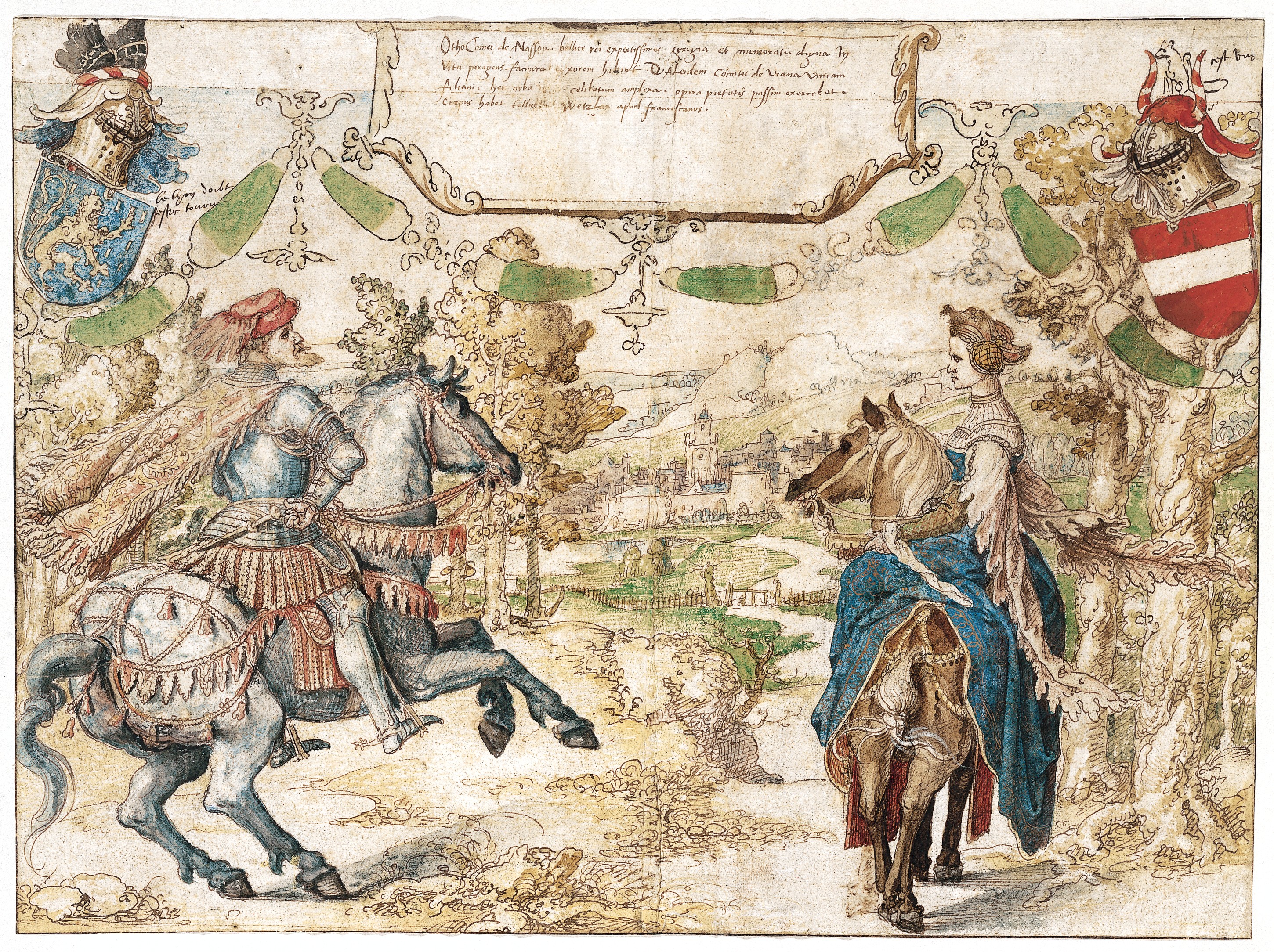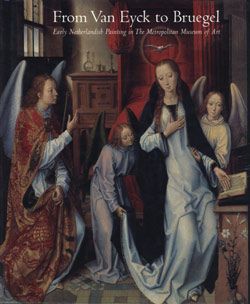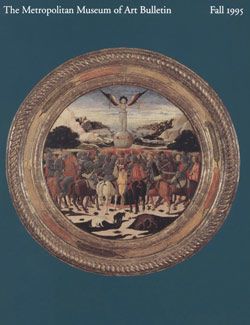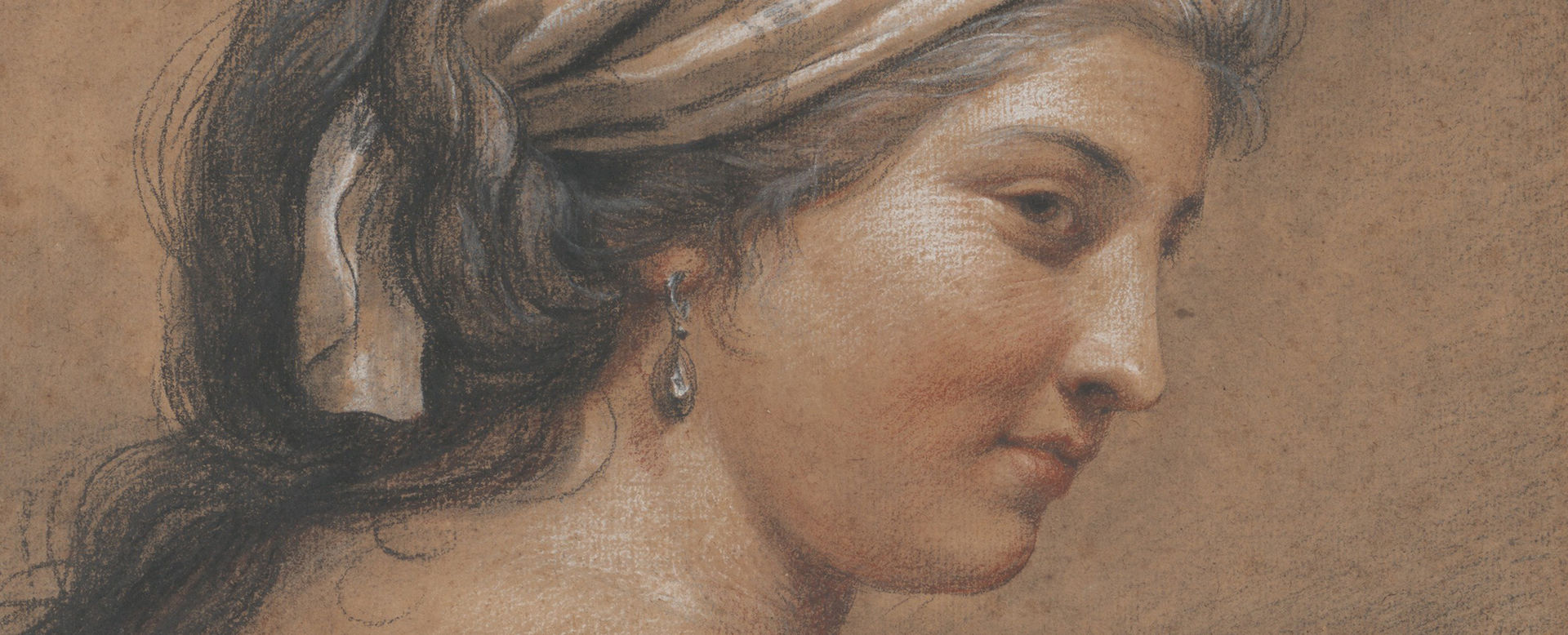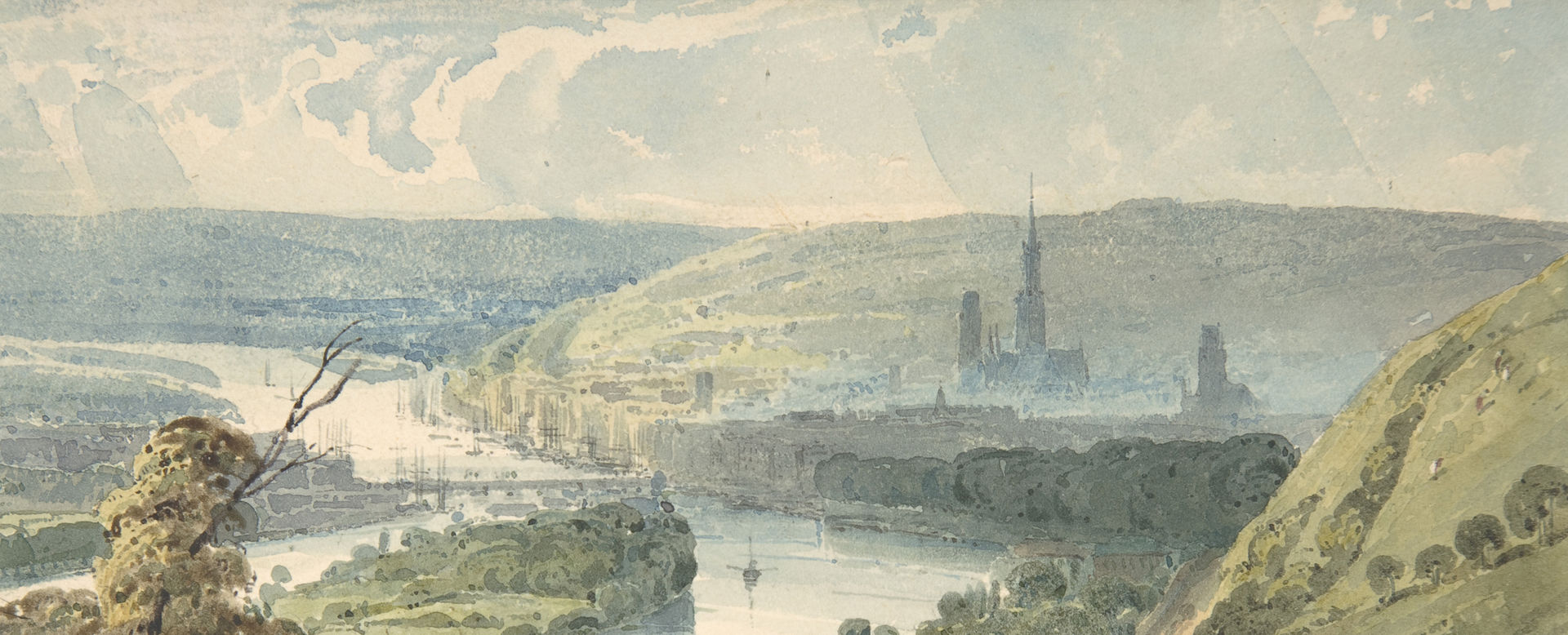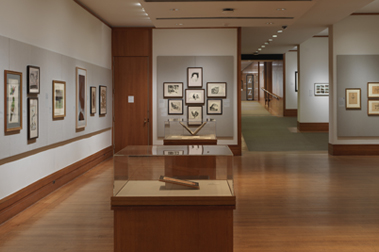Otto, Count of Nassau and his Wife Adelheid van Vianen
Bernard van Orley Netherlandish
Not on view
At the end of the 1520s, Henry III of Nassau, advisor to Emperor Charles V, commissioned eight tapestry designs from the Brussels master Bernard van Orley glorifying his ancestors in the house of Orange-Nassau. The tapestries were woven by Willem de Moyen in Brussels, but were probably destroyed in a fire in 1760, and this and six other drawings are the only record of the commission. Discovered only shortly before the Museum acquired it in 1995, this drawing depicts one of Henry's fourteenth-century ancestors, Count Otto II of Nassau and his wife Adelheid van Vianden, seated on horseback, splendidly dressed, against the backdrop of an elaborate landscape. Their coats of arms, a festoon, and a cartouche mentioning their names top the composition, but the tapestry would also have had an ornamental border all around the composition. The contrast between the figures and their carefully observed horses in the foreground, and the deeply receding landscape is characteristic of van Orley's new approach to tapestry, which differs markedly from the more two-dimensional designs of earlier Northern artists.
This image cannot be enlarged, viewed at full screen, or downloaded.
This artwork is meant to be viewed from right to left. Scroll left to view more.
